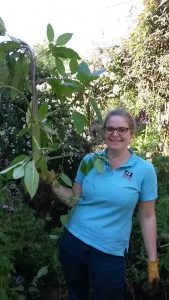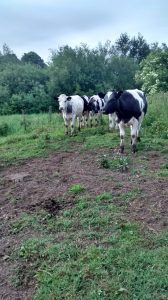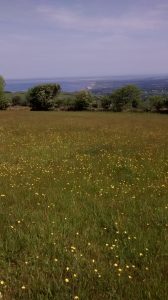Another diary entry from Saltscape Trainee Laura, working with Saltscape partner Cheshire Wildlife Trust
This month I have been learning all about Conservation Grazing. Simply put, this is the practice of using livestock grazing – whether it be cows, sheep, ponies, or goats – to manage conservation sites for the benefit of wildlife. When carried out at the correct time of year, and with the right number of animals, livestock grazing can be highly beneficial to a number of habitats. For example, using cattle or ponies to graze species rich grassland can greatly increase the number of wildflowers, because they reduce the sward height of the competitive grasses and increase the amount of light getting through to the shorter-growing wildflowers.
I learnt a great deal about the fundamental s of grazing by attending a professional training course in Snowdonia National Park. It was a stunning week in the mountains, with the sun shining every day, and we got to see some beautiful conservation sites. One species rich hay meadow we visited was being grazed by ponies, and it was covered with orchids and yellow rattle; the latter species is another key element in wildflower meadows, because it is a parasitic plant that feeds off dominating grass species. It was great to see what some of our project sites could look like in the future once they have been restored.
Another pesky plant on Cliff Brook Meadows is the dreaded Himalayan Balsam. This is a highly invasive, non-native plant which was bought over to the UK by Victorian collectors. You may well have heard of this plant, or had dealings with it yourself. A combined effort of volunteer balsam bashing days, and the effect of cattle grazing and trampling, is helping to reduce the amount on our site. But it will take a consistent effort over the next couple of years to get rid of it completely.



